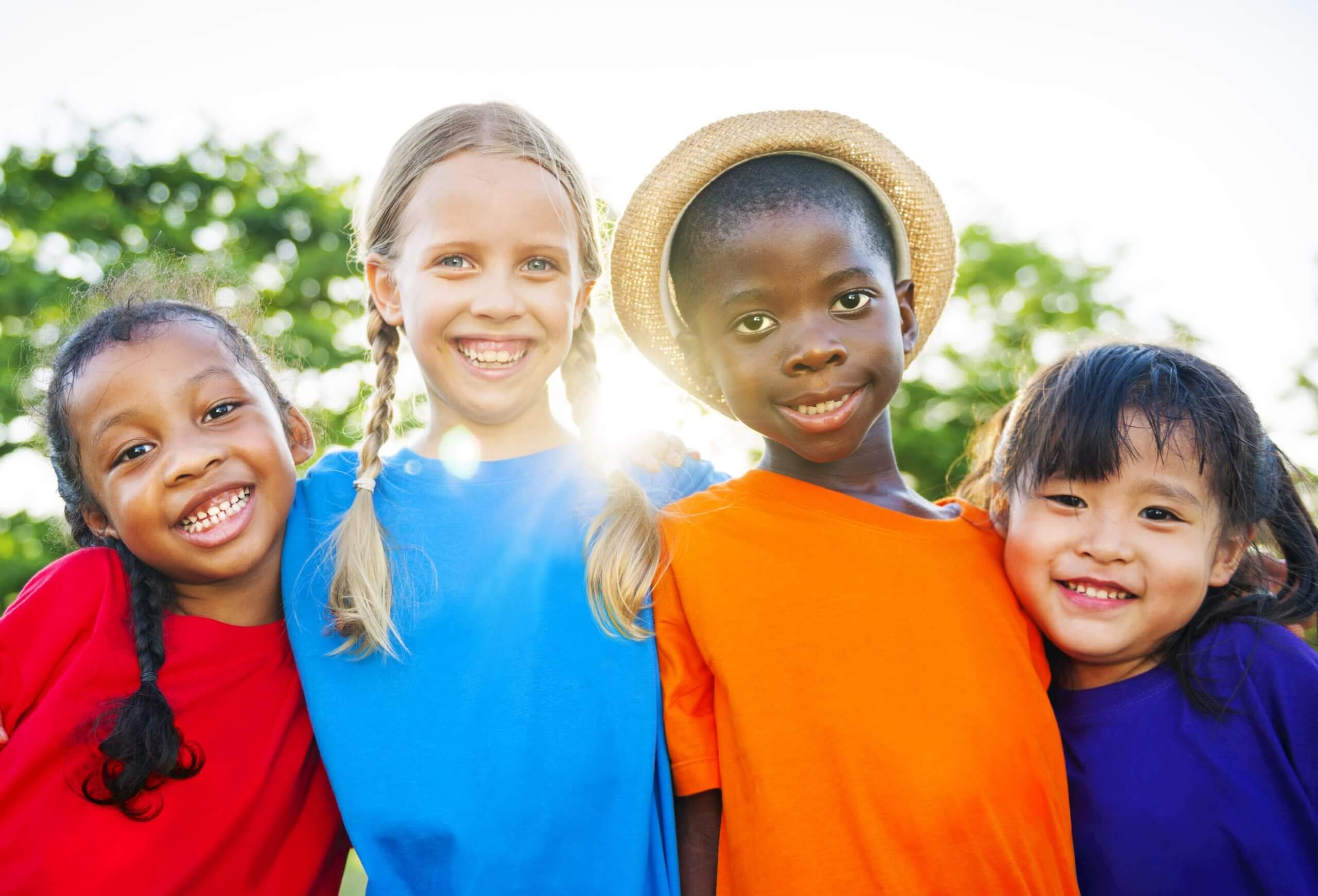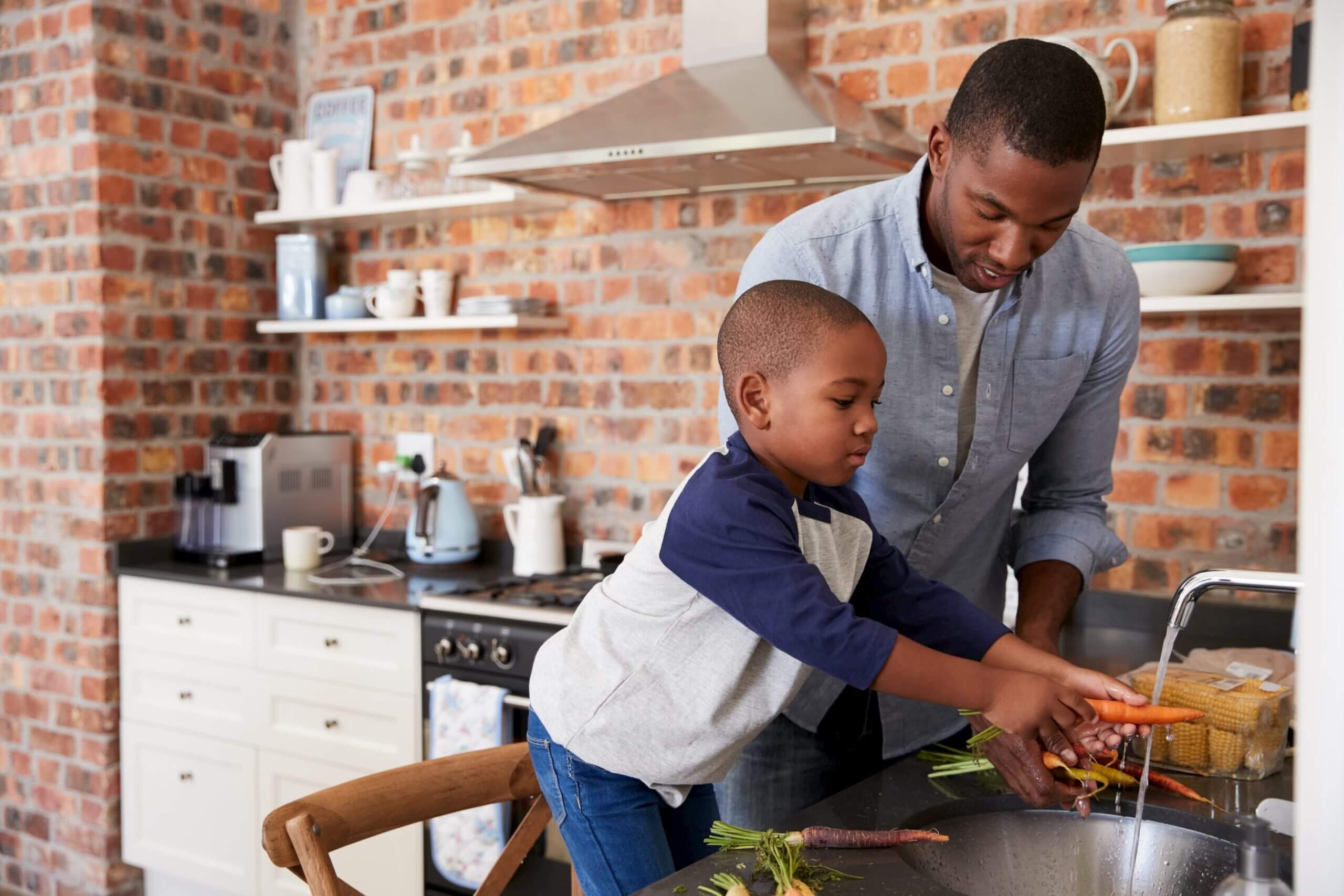Children are always absorbing information from the world around them. Whether it’s something interesting they read at the zoo, a funny word they heard a stranger say, or something interesting a teacher or parent taught them, children can pick up new ideas and lessons in many different ways. Because of this, a parent is always teaching their child about the world!
The Social and Emotional Component
Teaching your children how to be respectful to others and have good behavior is one of the age-old difficulties in parenting. But childhood development experts agree – teaching children about the world through a social and emotional intelligence lens can make a world of difference.
Social and emotional learning (SEL) involves teaching children (and adults!) to understand feelings and behaviors and using this knowledge in all interactions and relationships. Children who are taught to recognize and understand not only their own emotions but the emotions that others are having are more likely to exhibit empathy and treat others with respect. While social and emotional learning is a key component of school curricula, parents can also make use of SEL ideas and lessons at home.
Maurice Elias, Ph.D. is a professor and SEL expert from Rutgers University. Dr. Elias says “we should always think about the impact of our actions on kids, and be as particular in what we do with our kids as we would want others to be with our kids.”
A powerful way to teach your children respect is to model showing respect to others. One of the best ways to accomplish this is to show your children that you respect them.
Some suggestions include:
- Apologize to children when you are wrong: It’s good to teach your children that it’s OK to make mistakes and admit it, but more importantly, if you want your child to show respect to others, you must show it to them first! Lead by example.
- Be courteous in every-day situations: Whether it’s the clerk at the grocery store, a teller at a bank, or random passers-by on the street, treating everyone you come across with respect and decency is something your child will notice and emulate.
- Recognize when your child shows empathy: Make sure your child knows you’re proud of them when they treat others with empathy and caring. Positive reinforcement can go a long way towards cementing good behavior.
But what about “Do as I say, not as I do?”
According to Alan Kazdin and Carlo Rotella, the authors behind “The Kazdin Method,” it’s far more powerful to teach your child through example than it is through rules. “Modeling—teaching by example—affects behavior far more than telling your children what to do (and far more than punishing them, too).”
In other words, repeatedly demonstrating ideals of respect and kindness to your children by treating others around you with respect will have a longer lasting impact on your child than if you were to simply tell them to be respectful. After all, a parent is a child’s first teacher, so strive to be the best teacher you can be!
Do you have other ideas about how to promote respect and kindness in your children? Let us know by tweeting us @PCAAmerica or by leaving a comment on our Facebook page!






